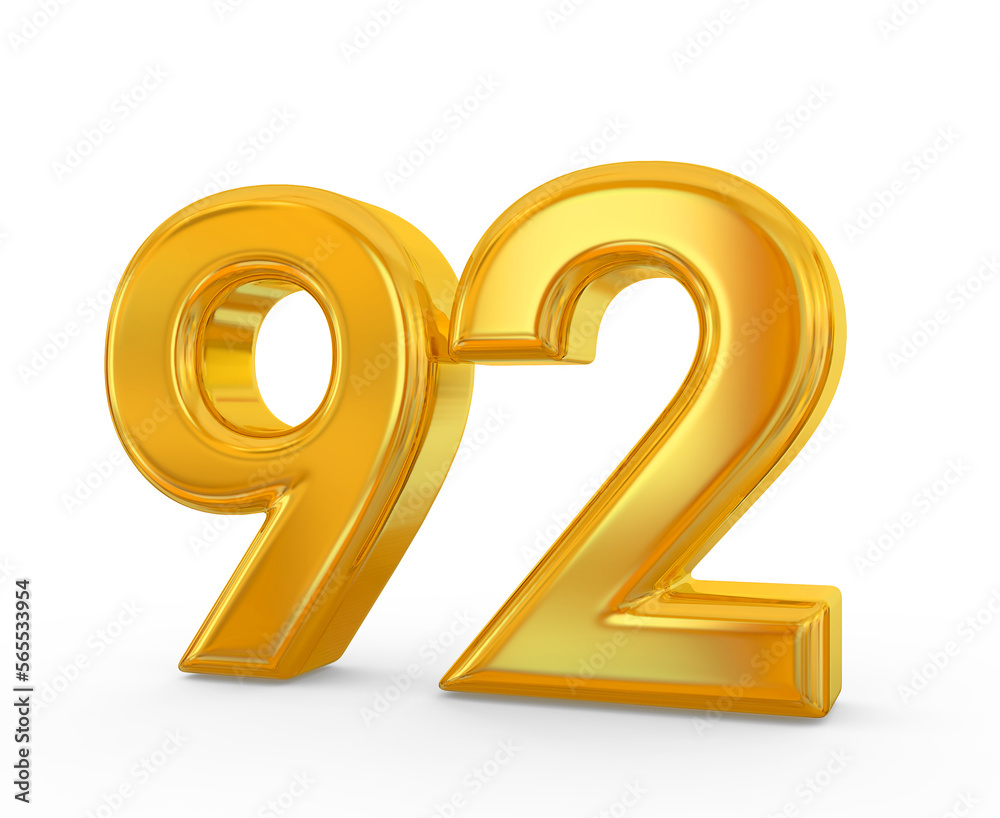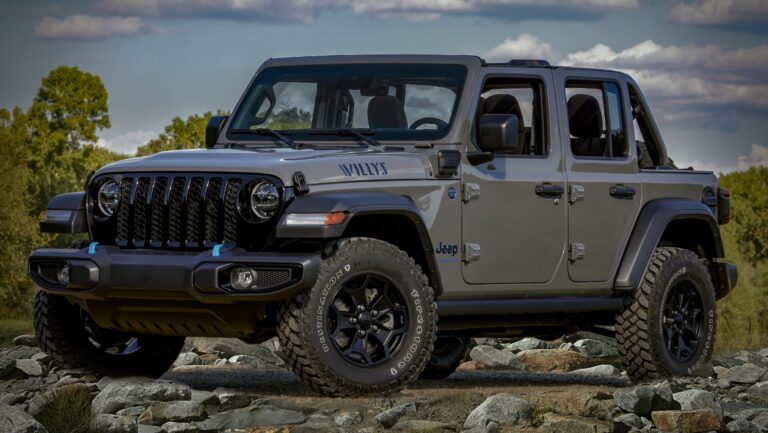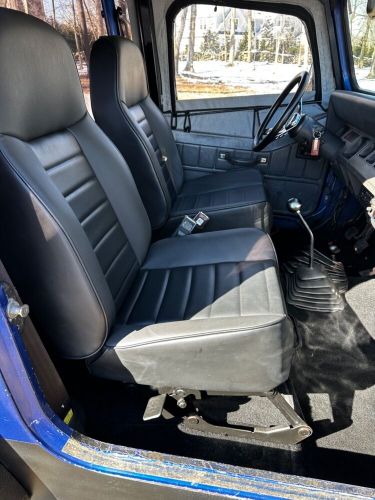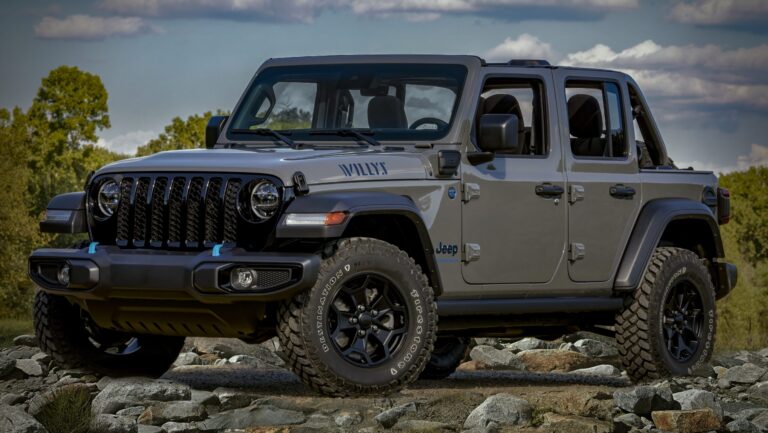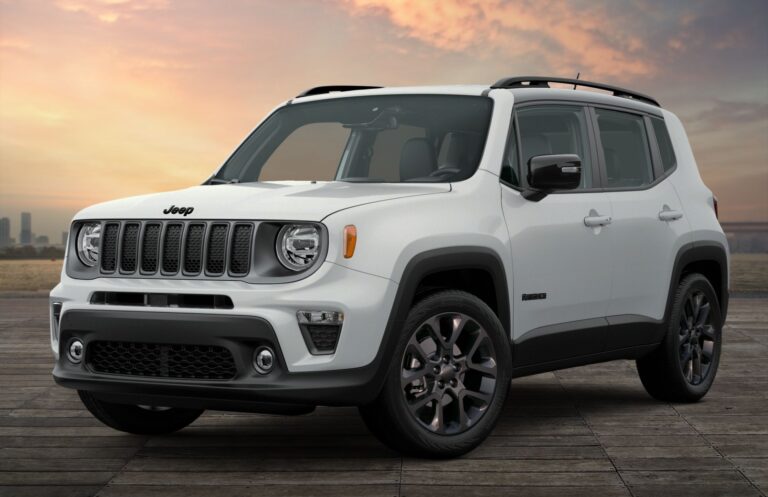92 Jeep Cherokee Sport For Sale: A Comprehensive Buyer’s Guide
92 Jeep Cherokee Sport For Sale: A Comprehensive Buyer’s Guide jeeps.truckstrend.com
In the ever-evolving landscape of automotive design, some vehicles transcend mere transportation to become icons. The 1992 Jeep Cherokee Sport, a quintessential example of the XJ generation, is undeniably one such machine. More than just a used car, a "92 Jeep Cherokee Sport for sale" represents an opportunity to own a piece of automotive history, a remarkably capable off-road legend, and a surprisingly practical daily driver for those who appreciate its rugged simplicity.
This article serves as a comprehensive guide for anyone considering purchasing a 1992 Jeep Cherokee Sport. We’ll delve into what makes these vehicles so special, what to look for during an inspection, common issues and their solutions, the true ownership experience, and practical advice for navigating the market. Whether you’re a seasoned Jeeper or a newcomer drawn to the XJ’s timeless appeal, understanding the nuances of these vehicles is crucial for making an informed purchase.
92 Jeep Cherokee Sport For Sale: A Comprehensive Buyer’s Guide
The Enduring Appeal of the 1992 Jeep Cherokee Sport (XJ)
The Jeep Cherokee XJ, produced from 1984 to 2001, stands as a testament to intelligent engineering and robust construction. The 1992 model year falls squarely within its golden era, embodying the core characteristics that have garnered it a cult following worldwide. Unlike its larger, body-on-frame predecessors, the XJ pioneered a unibody (monocoque) design for SUVs, offering a lighter, more rigid chassis that improved handling and fuel efficiency without sacrificing strength.
At the heart of most 1992 Cherokee Sports lies the legendary 4.0-liter inline-six (I6) engine. This powerplant is renowned for its bulletproof reliability, torquey performance, and incredible longevity, often exceeding 200,000 or even 300,000 miles with proper maintenance. Paired with the equally robust Aisin-Warner AW4 automatic transmission or, less commonly, the Aisin AX-15 five-speed manual, the drivetrain of the ’92 XJ is a major selling point for its durability.
The "Sport" trim level typically offered a more basic yet highly functional package, often including the desirable Dana 30 front axle and either a Dana 35 or, more favorably, a Chrysler 8.25 rear axle. Its compact dimensions, tight turning radius, and excellent ground clearance make it surprisingly agile both on tight trails and in urban environments. The XJ’s simple, boxy design not only contributes to its classic aesthetic but also translates to straightforward mechanics and a vast aftermarket support network, making it an ideal platform for customization or easy repairs. For many, the XJ represents the perfect blend of utility, capability, and classic American ruggedness.
What to Look For When Buying a 1992 Jeep Cherokee Sport
Purchasing a vehicle that is over 30 years old requires a diligent and thorough inspection. While the 1992 Jeep Cherokee Sport is known for its durability, age and previous ownership can take a significant toll. Here’s a detailed checklist of what to examine:
Mechanical Checkpoints:
-
Engine (4.0L I6):
- Listen for Noises: Cold start, listen for lifter tick (common, often harmless unless severe), knocking (bad sign), or squealing belts.
- Fluid Leaks: Check for oil leaks, especially from the rear main seal (very common, often just a weep, not a gush), oil filter adapter, and valve cover. Power steering fluid leaks are also common.
- Cooling System: Inspect the radiator for leaks or corrosion. Check the condition of hoses, the water pump (look for drips from the weep hole), and the fan clutch (should offer resistance when spun by hand when cold). Overheating is a common XJ issue if the cooling system isn’t maintained.
- Exhaust: Look for rust or holes in the exhaust system.
- Battery/Alternator: Check battery terminals for corrosion; test voltage.

-
Transmission (AW4 Automatic / AX-15 Manual):
- AW4 (Automatic): Check fluid color (should be red, not brown or black) and smell (shouldn’t smell burnt). Drive it and note shifts – they should be smooth, not harsh or delayed. Test all gears, including reverse.
- AX-15 (Manual): Check clutch engagement – it should be smooth, not slipping. Listen for grinding when shifting. Check for shifter slop.
-
Transfer Case (NP231 Command-Trac / NP242 Selec-Trac):
- Engage 4WD (both 4-High and 4-Low) in a safe, unpaved area. Listen for unusual noises (clunking, grinding). Ensure it engages smoothly. Check for leaks around the seals.
-
Axles (Dana 30 Front / Dana 35 or Chrysler 8.25 Rear):
- Look for leaks around the differential covers and axle seals.
- Inspect U-joints on the driveshafts and front axle shafts for play or rust.
-
Suspension and Steering:
- Suspension: Look for sagging leaf springs in the rear (common). Inspect shocks for leaks. Check all bushings (control arms, sway bar) for cracks or excessive wear.
- Steering: With the engine off, have someone turn the steering wheel slightly while you observe the steering box input shaft. Excessive play here indicates a worn steering box. Check tie rods, drag link, and ball joints for looseness.
-
Brakes: Check for worn rotors or pads, and inspect brake lines for rust or damage. Test the emergency brake.
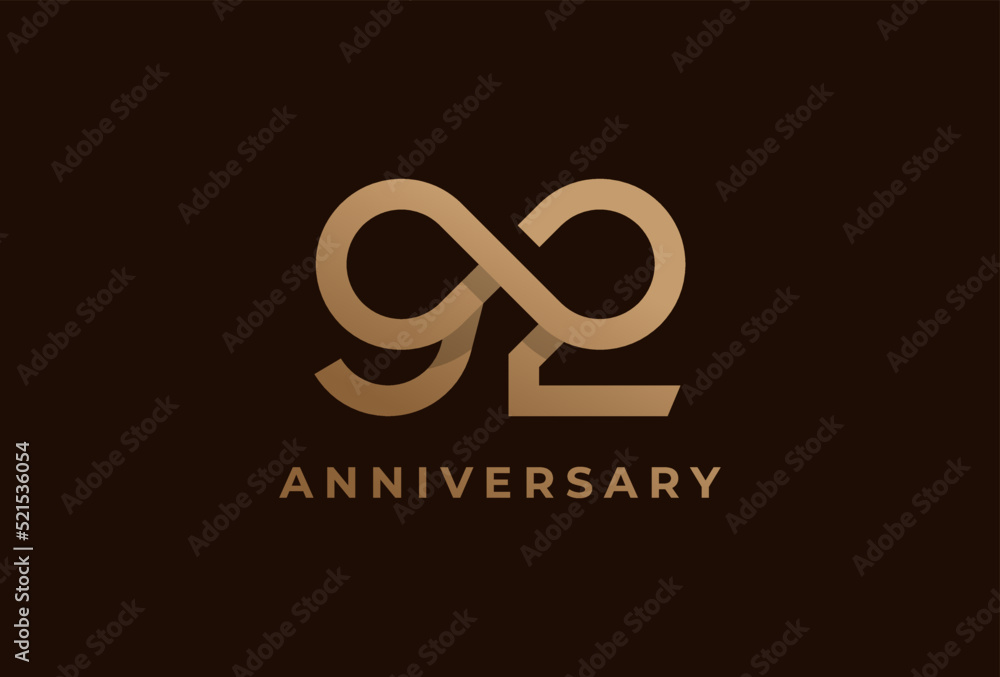
Body and Frame (Unibody) Inspection:
This is perhaps the most critical area for an XJ. Rust can compromise the structural integrity.
- Rocker Panels: These are highly susceptible to rust, especially in salt-belt states. Inspect thoroughly, including under any plastic cladding.
- Floorboards: Check under the carpet for rust, especially near the footwells and under the seats.
- Frame Rails (Unibody Stiffeners): Look along the length of the unibody frame rails for significant rust, holes, or previous repairs.
- Wheel Wells: Inspect inside the front and rear wheel wells for rust, particularly around the fenders.
- Door Jambs and Tailgate: Check for rust around the hinges and seals. The tailgate can rust from the inside out.
- Accident Damage: Look for misaligned panels, inconsistent paint, or wavy bodywork that might indicate previous collisions.
Interior and Electrical:
- Dashboard: Cracks are extremely common due to sun exposure.
- Seats: Check for tears, stains, and seat base integrity.
- Headliner: Sagging headliners are almost guaranteed.
- Electrical: Test all lights (interior, exterior), gauges, power windows, power locks, HVAC (heating and A/C), and radio. Many XJ electrical issues are related to poor grounds.
Documentation:
- Maintenance Records: A stack of service records indicates a well-cared-for vehicle.
- Title Status: Ensure the title is clear and matches the VIN.
- VIN Check: Run a CarFax or AutoCheck report to verify mileage, accident history, and service history.
Common Issues and Solutions for 1992 Cherokee Sports
While robust, the ’92 XJ isn’t immune to age-related problems. Knowing these common issues can help you anticipate future maintenance and negotiate a fair price.
- Rust: (As detailed above) Prevention is key for new owners. Solutions involve cutting out and welding in new metal, or in severe cases, sourcing a rust-free body.
- Rear Main Seal (RMS) Leak: The 4.0L is infamous for this. It’s usually a slow drip, not a catastrophic failure. Repair involves dropping the oil pan and transmission, which can be labor-intensive but parts are cheap. Many owners live with a minor weep.
- Cooling System Overhaul: Overheating is the XJ’s Achilles’ heel if neglected. The plastic end-tank radiators are prone to cracking. Solutions: Replace the radiator (all-aluminum is a popular upgrade), water pump, thermostat, fan clutch, and all hoses. A proper flush is also recommended.
- Electrical Gremlins: Often related to poor grounds. Clean all ground points (battery, engine block, chassis). Power window motors and switches can fail. Replacements are readily available.
- Sagging Headliner and Cracked Dash: Cosmetic issues. Headliner can be re-covered DIY or by an upholstery shop. Dash caps are available to cover cracks.
- Leaf Spring Sag: The rear leaf springs flatten over time, causing the rear end to sit lower. Solutions: Add-a-leaf kits, new leaf packs, or shackle relocation brackets.
- Fuel Pump/Filter Issues: Can cause starting problems or stalling. Replace the filter first, then consider the pump if issues persist.
The good news is that parts for the XJ are incredibly abundant and relatively inexpensive, both from OEM suppliers and the aftermarket. The XJ community is also vast and highly supportive, with countless online forums and YouTube tutorials making DIY repairs very achievable for the average enthusiast.
The Ownership Experience: Benefits and Potential Challenges
Owning a 1992 Jeep Cherokee Sport is a unique experience, blending nostalgic charm with practical capability.
Benefits:
- Affordability: Both the initial purchase price and ongoing maintenance/parts costs are generally low compared to modern SUVs.
- Reliability: The 4.0L engine is legendary for its dependability when properly maintained.
- Off-Road Capability: Even in stock form, the XJ is remarkably capable on trails. With common modifications (lift kits, larger tires), it can tackle serious terrain.
- Simplicity of Repair: Less complex electronics and mechanical systems mean that many repairs can be done by the owner, saving labor costs.
- Strong Community Support: A huge, active community provides a wealth of knowledge, parts, and camaraderie.
- Customization Potential: The aftermarket is flooded with options for lifting, armor, bumpers, and performance upgrades.
Potential Challenges:
- Age-Related Wear and Tear: Expect to replace worn components due to age, regardless of mileage.
- Fuel Economy: Don’t expect stellar MPG. The 4.0L typically gets 15-20 MPG combined, depending on driving style and modifications.
- Safety Features: By modern standards, safety features are minimal (no airbags, basic ABS if equipped).
- Comfort: The ride can be rougher than modern vehicles, and interior noise levels are higher.
- Finding a Good Example: A truly rust-free, unmolested, and well-maintained ’92 XJ is becoming increasingly rare. Patience is key.
Valuing a 1992 Jeep Cherokee Sport and Where to Find One
The value of a 1992 Jeep Cherokee Sport can vary wildly, depending almost entirely on its condition, mileage, maintenance history, and the presence of desirable modifications.
Valuation Factors:
- Condition: This is paramount. A rust-free body, healthy engine/transmission, and functional interior command higher prices.
- Mileage: Lower mileage generally means higher value, but a high-mileage XJ with excellent maintenance records can still be a good buy.
- Modifications: Tasteful, professionally installed upgrades (e.g., quality lift kit, better tires, sturdy bumpers) can add value. Poorly executed or extreme modifications might detract from it.
- Location: Vehicles from dry, rust-free climates (Southwest, West Coast) fetch premium prices.
- Maintenance History: Comprehensive records significantly increase buyer confidence.
Where to Look:
- Online Marketplaces: Craigslist, Facebook Marketplace, and eBay Motors are prime hunting grounds. Be prepared to sift through many listings.
- Specialized Forums and Groups: Dedicated Jeep Cherokee XJ forums and Facebook groups often have "for sale" sections where enthusiasts sell their well-maintained vehicles.
- Local Classifieds: Sometimes you can find a gem from an older owner who doesn’t use online platforms.
- Word-of-Mouth: Let friends and family know you’re looking.
Price Table: 1992 Jeep Cherokee Sport For Sale
It’s important to note that these prices are general estimates and can fluctuate significantly based on region, specific modifications, and market demand.
| Condition Category | Description | Estimated Price Range (USD) | Key Considerations |
|---|---|---|---|
| Project/Parts | Significant rust, major mechanical issues, non-running, incomplete. | $500 – $2,000 | Requires extensive work, often only suitable for parts or dedicated restoration. |
| Fair/Driver | Runs and drives, some mechanical issues, moderate rust, cosmetic flaws, high mileage. | $2,000 – $5,000 | Functional but needs attention, suitable for daily driving with ongoing maintenance. |
| Good/Reliable | Mechanically sound, minor rust, decent interior, well-maintained, ready for daily use or light trails. | $5,000 – $8,000 | Best balance of price and condition for many buyers. May have some desirable upgrades. |
| Excellent/Restored | Minimal to no rust, pristine interior, fully serviced, often with tasteful upgrades or original condition. | $8,000 – $15,000+ | Rare finds, often from drier climates or professionally restored. Collector potential. |
Disclaimer: Prices are highly variable and depend on location, market demand, specific vehicle history, and included features/modifications. Always conduct a thorough inspection.
Practical Advice and Actionable Insights
- Get a Pre-Purchase Inspection (PPI): Even if you’re mechanically inclined, have a trusted independent mechanic (especially one familiar with Jeeps) perform a PPI. It’s a small investment that can save you thousands.
- Don’t Fear High Mileage: For the 4.0L engine, high mileage (200k+) is often less concerning than a lack of maintenance history. A well-cared-for high-mileage XJ is usually a better buy than a lower-mileage one that’s been neglected.
- Budget for Repairs/Maintenance: Factor in a contingency fund for immediate repairs or deferred maintenance. No 30-year-old vehicle will be perfect.
- Join the Community: Before and after buying, engage with online XJ forums and Facebook groups. The collective knowledge is invaluable for troubleshooting, finding parts, and connecting with local enthusiasts.
- Be Patient: The perfect ’92 Cherokee Sport might not appear overnight. Don’t rush into a purchase. Wait for the right one that fits your budget and expectations for condition.
- Test Drive Thoroughly: Drive at various speeds, on different road surfaces, and engage 4WD if possible. Listen for unusual noises, feel for vibrations, and check steering and braking response.
Frequently Asked Questions (FAQ)
Q: Is the 4.0L engine truly reliable?
A: Yes, the Jeep 4.0L inline-six is legendary for its durability and longevity. With proper oil changes and cooling system maintenance, it can easily last for hundreds of thousands of miles.
Q: What’s the typical fuel economy for a ’92 Cherokee Sport?
A: Expect around 15-20 miles per gallon (MPG) combined, depending on driving habits, terrain, and vehicle modifications (like larger tires or lift kits).
Q: Can a 1992 Cherokee Sport handle off-roading?
A: Absolutely. Even in stock form, the XJ’s unibody strength, solid axles, and capable 4WD system make it an excellent off-road vehicle. It’s a popular choice for light to moderate trails and can be heavily modified for extreme rock crawling.
Q: Are parts readily available for a 1992 XJ?
A: Yes, parts availability is excellent. Both OEM replacement parts and a vast array of aftermarket components for performance, repair, and customization are widely available online and through specialized retailers.
Q: What is the biggest issue to watch for when buying a ’92 Cherokee?
A: Rust, particularly on the unibody frame rails, rocker panels, and floorboards, is the most critical concern. It can compromise the structural integrity of the vehicle.
Q: Is an automatic or manual transmission better for a ’92 XJ?
A: The Aisin-Warner AW4 automatic transmission is incredibly robust and reliable, making it a popular choice. The Aisin AX-15 manual transmission is also very durable but rarer to find. Both are excellent, so it often comes down to personal preference.
Q: How safe is a 1992 Jeep Cherokee by modern standards?
A: Compared to modern vehicles, the 1992 XJ offers minimal safety features. It typically has no airbags (or only a driver’s side airbag in later XJs, but not 1992 models), and basic braking systems (ABS was an option but not standard). It’s a much less crash-safe vehicle than anything produced today.
Conclusion
The 1992 Jeep Cherokee Sport remains a highly sought-after vehicle for its rugged charm, legendary reliability, and impressive off-road prowess. It represents an era of simpler, more direct automotive engineering that resonates with enthusiasts and practical owners alike. While purchasing a 30-year-old vehicle inherently comes with challenges, the XJ’s robust design, widespread parts availability, and vibrant community make it a manageable and rewarding endeavor.
By understanding what to look for, anticipating common issues, and approaching the purchase with patience and diligence, you can find a ’92 Jeep Cherokee Sport that will serve you well for years to come. Owning an XJ isn’t just about driving; it’s about joining a legacy, embracing a capable machine, and becoming part of a passionate community that celebrates this iconic piece of American automotive history. For those willing to invest a little time and care, a "92 Jeep Cherokee Sport for sale" offers incredible value and endless adventure.

